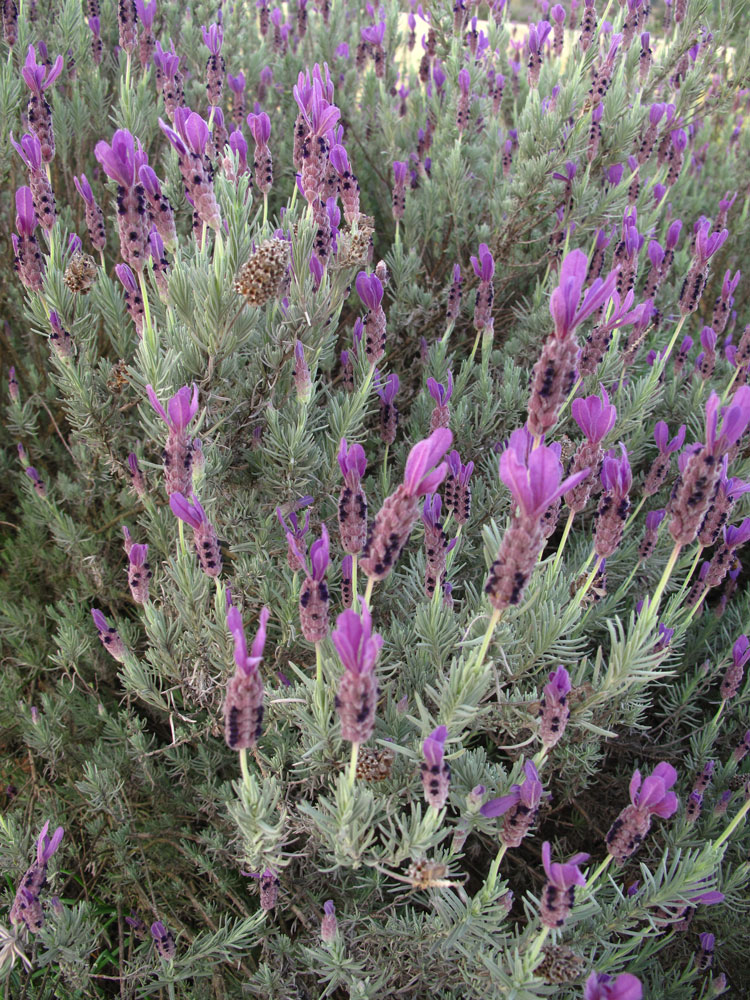In addition to its wonderful fragrance, lavender has antiseptic, anti-inflammatory, antibacterial, antifungal and antidepressant properties. There are several ways to use lavender. Jane Griffiths reveals five everyday uses for this pretty shrub.
Lavender Growing Tips
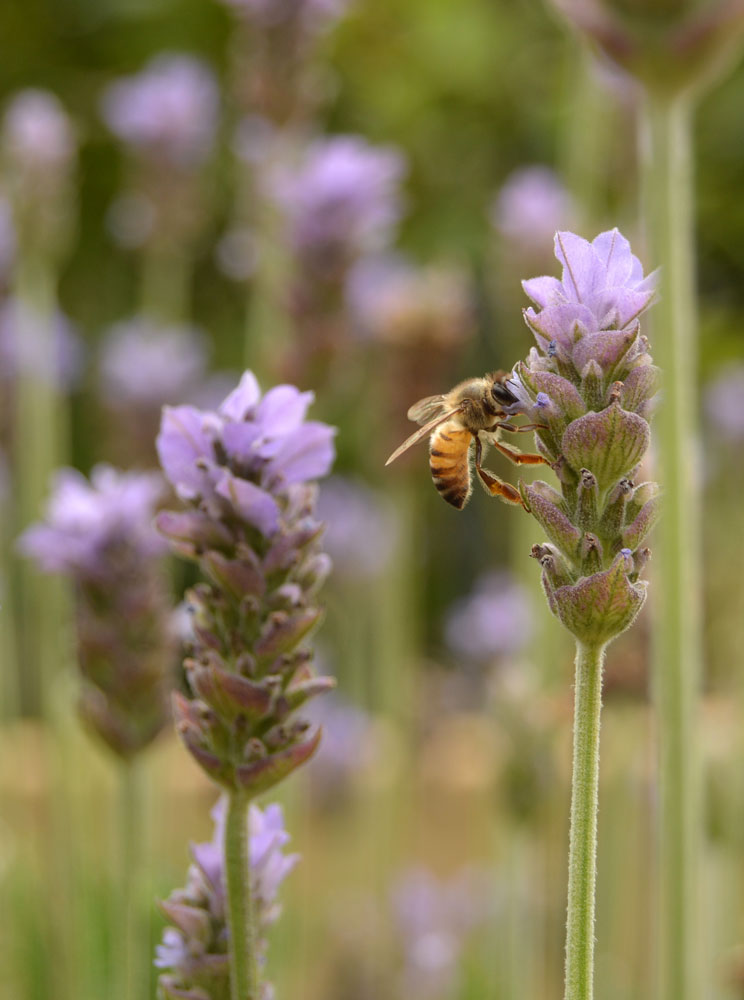
A native of the Mediterranean, this hardy perennial likes full sun. Although is drought tolerant, it adapts well to a range of climates. It flowers nearly all year round, attracting many beneficial insects with its fragrant purple spears, while its strong-smelling leaves repel aphids, whitefly and other harmful insects. It is also a rodent repellent, and if rats are a problem, a lavender hedge around a vegetable garden is a good deterrent.
YOU’LL ALSO LOVE: Lavender varieties we love
Grow lavender from seed in seed trays or purchase seedlings. It dislikes being damp, and if its roots are constantly wet, it could die. Plant it in well-drained soil with plenty of space for air to circulate. Prune in early spring, cutting back about 8cm of growth. If you cut the flowers regularly, it will keep producing more.
LAVENDER AND SOAPWORT WASHING LIQUID
Soapwort with lavender creates a gentle washing liquid ideal as a mild shampoo, liquid soap or for delicate clothing.

Ingredients
1l water
2 cups chopped soapwort leaves and stems
1 cup lavender flowers
10 drops lavender essential oil
Method
Bring the water to the boil, add the soapwort and lavender and cover. Reduce the heat and simmer for about 15 minutes. Remove from the heat and allow to cool. Strain and add the essential oil. Use immediately or store in the fridge for up to a week.
READ MORE: All you need to know about growing lavender
REFRESHING FOOT BALM
This moisturising balm for feet includes lavender and tea tree oil to keep any fungal baddies away.
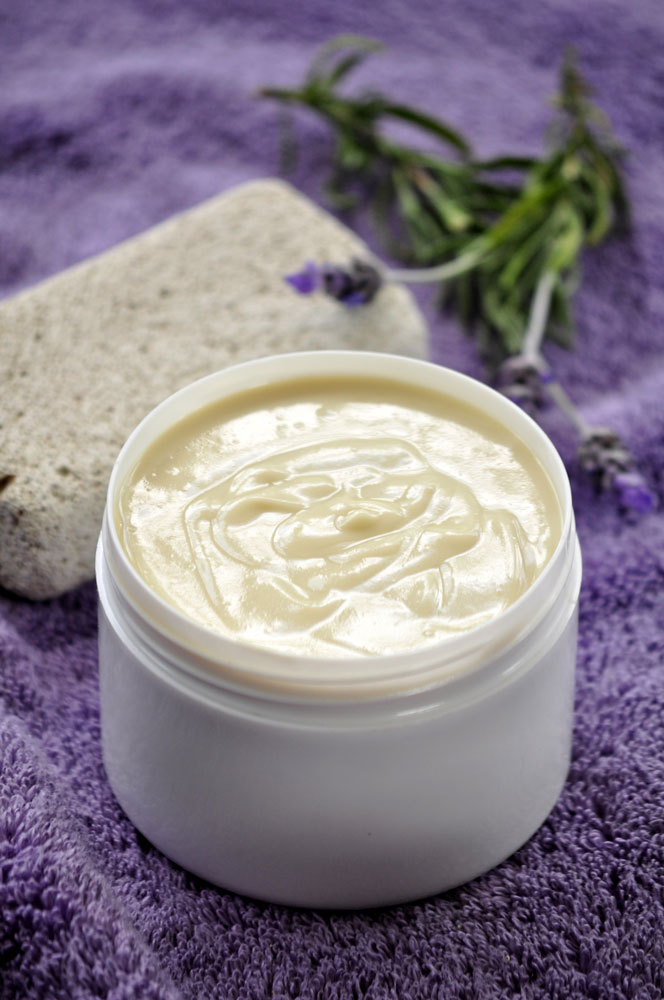
Ingredients
30g cocoa butter
30g beeswax, grated or chopped
2T shea butter
2T almond oil
20 drops peppermint essential oil
5 drops tea tree oil
10 drops lavender essential oil
1 cup plant-based aqueous cream
Method
Melt the cocoa butter, beeswax and shea butter in a double boiler or a bowl set over simmering water. Stir in the oils and mix well. Remove from heat and whip the mixture often as it cools. Whip in the aqueous cream until smooth and decant into sterilised containers.
AIR FRESHENER
This refreshing mixture will clear a room of tobacco smoke, cooking odours and other stale smells.
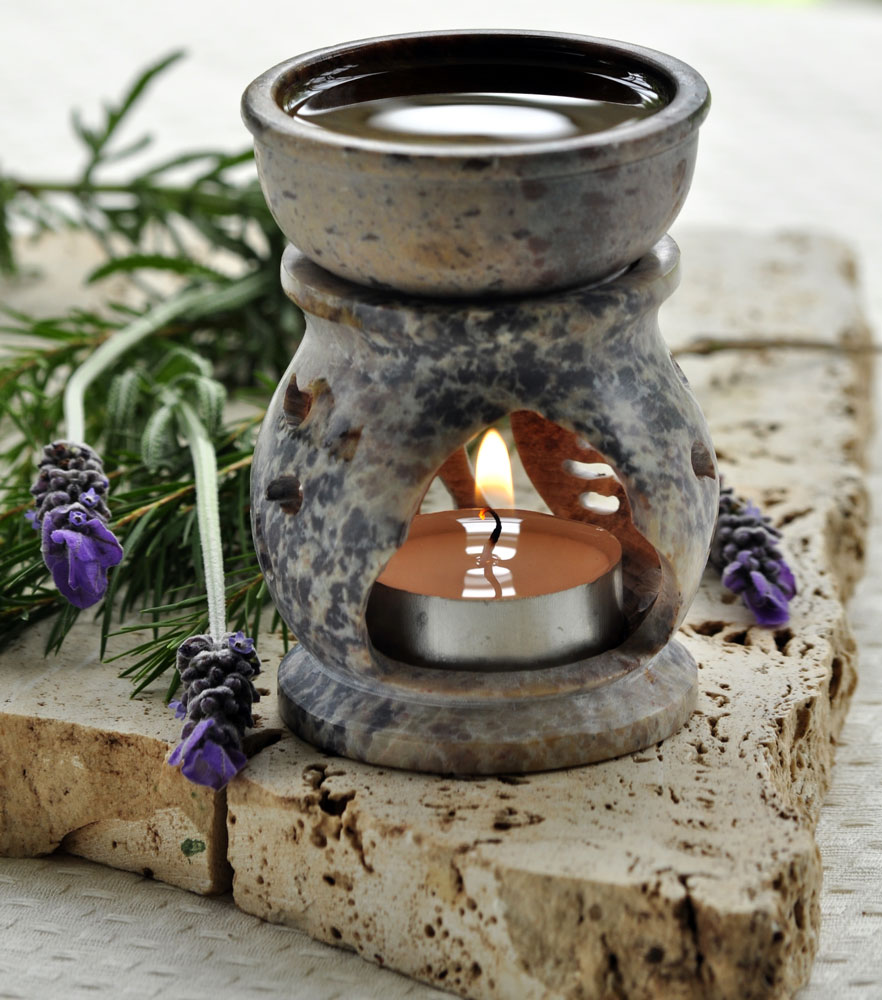
Ingredients
1½ cups apple cider vinegar
1T rose water
3 drops each lavender, coriander, eucalyptus and tea tree essential oils
Method
Mix the ingredients together and seal in a sterilised bottle. Heat a few teaspoons in an oil burner as required.
READ MORE: HOW TO MAKE HERBAL REMEDIES
SCOURING PASTE
This fresh-smelling paste can be used to clean stubborn dirt and stains from baths and counters. Rub on and leave for 10 minutes before scrubbing off. It also works well for cleaning grubby hands and feet after gardening.
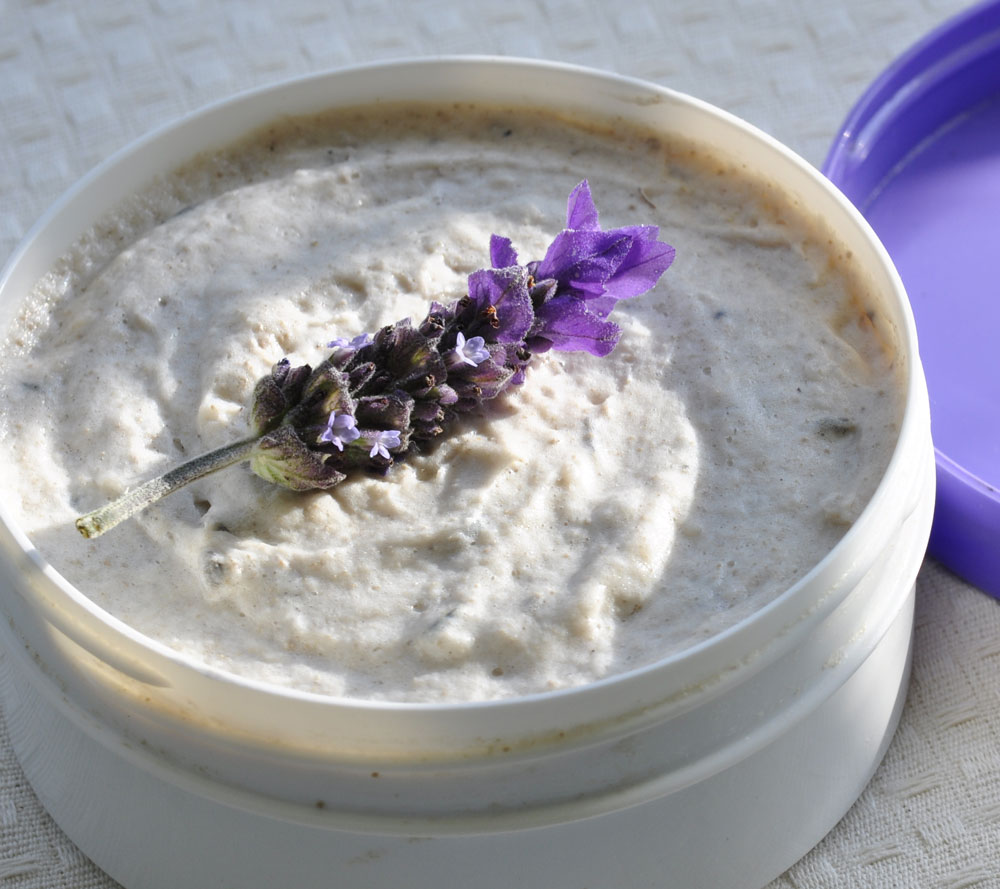
Ingredients
1 cup water
1 cup natural soap
small block pumice
1T dried lavender flowers, crushed
10 drops tea tree essential oil
10 drops lemon grass essential oil
10 drops lavender essential oil
Method
Heat the water until it’s boiling and add the soap. Reduce the heat and stir until the soap has melted. Remove from the heat and stir often as it cools and thickens into a smooth paste. If necessary, add more water. Wrap the pumice in an old cloth and crush it using a hammer. Grind it to a fine powder in a pestle and mortar. Add the pumice powder, lavender flowers and essential oils to the soap mix and stir through. Store in a wide-mouthed container.
MOTH-REPELLENT MIX
Instead of distinctive-smelling moth balls, use herbs to repel moths and leave your clothes smelling fresh and sweet. This recipe takes care of another problem we all have – the sock thief. Somehow, no matter how careful we are, we land up with single socks. Now you have a use for them. Stuff them with herbs and tie a knot in the top to create a no-fuss herb sachet.
Ingredients
Equal quantities of strong-smelling dried herbs (such as lavender, lemon verbena, rosemary and rose-scented pelargonium)
Cloves
Dried citrus peel
Method
Mix the dried herbs together. For every cup of herbs, add ½ teaspoon cloves and 1 teaspoon citrus peel. Divide the mixture among single socks or old stockings and tie the tops securely. Toss in with jerseys and winter clothes.

